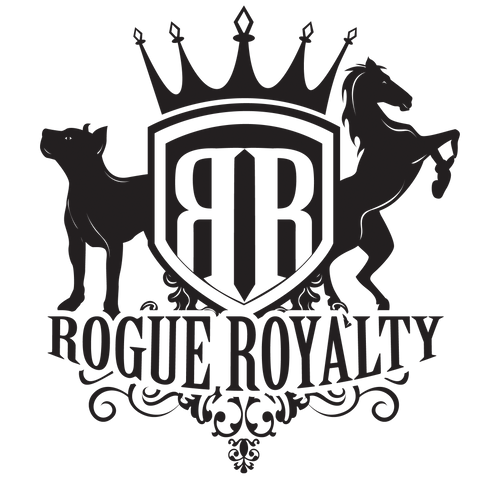Dog harnesses offer many benefits such as better control, reduced strain on the neck, and added security, if you have a super strong dog. However, for many pet owners, the process of putting on a dog harness may seem a bit daunting at first. In this step-by-step guide, we'll break down the process to make it easy and stress-free for both you and your furry friend. Whether you're a new pet parent or simply looking for a refresher, mastering the art of putting on a dog harness is a valuable skill that enhances the comfort and safety of your canine companion.
Step 1: Choose the Best Dog Harness
Before you dive into putting on a harness, it's crucial to select the best one for your dog. Harnesses come in various styles, including step-in, overhead, and vest harnesses. Consider your dog's size, breed, and any specific needs they may have. Measure your dog's girth, which is the circumference of their chest just behind the front legs, to ensure a proper fit. A well-fitted dog harness is essential for comfort and effectiveness.
Step 2: Familiarise Your Dog with the Harness
Introduce the harness to your dog in a positive and gentle manner. Let them sniff and inspect the harness before attempting to put it on. Use treats and positive reinforcement to create a positive association with the harness. This step helps alleviate any anxiety your dog may feel and makes the process more enjoyable for both of you.
Step 3: Identify the Parts of the Dog Harness
Familiarise yourself with the different components of the harness. The best dog harnesses consist of straps, buckles, and D-rings. The D-ring is where you will attach the leash. Understanding the layout of the harness ensures that you put it on correctly.
Step 4: Open the Dog Harness
Lay the harness flat on the ground, ensuring that all the straps are untangled. Identify the openings for your dog's legs and the placement of the D-ring. If your harness has a chest plate, make sure it's facing outward.
Step 5: Lift Your Dog's Paw Through the Leg Openings
If you're using a step-in harness, gently guide your dog's paw through one of the leg openings. For overhead harnesses, lift the harness over your dog's head, ensuring that the front strap rests comfortably across their chest. Be patient and use positive reinforcement to reassure your dog during this process.
Step 6: Position the Dog Harness
Adjust the harness to ensure a snug but not tight fit. The straps should lie flat against your dog's body without digging into their skin. Ensure that the chest plate, if applicable, is centred on your dog's chest. Take the time to check that the harness is not twisted, as this can cause discomfort.
Step 7: Secure the Buckles
If your harness has buckles, fasten them securely. Most harnesses have both a chest and belly strap that need to be fastened. The straps should be tight enough to prevent your dog from slipping out but loose enough to allow for comfortable movement. You should be able to fit two fingers snugly between the straps and your dog's body.
Step 8: Adjust the Straps
Once the buckles are secure, adjust the straps to achieve the perfect fit. Pay special attention to the chest strap, ensuring that it sits across the sternum and not too close to the throat. Tighten or loosen the straps as needed, always checking for a comfortable yet secure fit.
Step 9: Attach the Dog Lead / Leash
Locate the D-ring on the back of the harness and attach your dog lead / leash. Make sure the D-ring is securely fastened, and the leash is properly clipped. This attachment point provides you with control while distributing pressure evenly across your dog’s chest and shoulder area making walks more enjoyable for both you and your dog.
Step 10: Check for Comfort and Freedom of Movement
After putting on the harness and attaching the leash, observe your dog's behaviour. Ensure they are comfortable, can move freely, and show no signs of distress. If your dog seems uncomfortable, adjust the harness accordingly. Pay attention to any rubbing or chafing, as these may indicate an improper fit.
A Positive Experience for Both You and Your Dog!Mastering the art of putting on a dog harness is a valuable skill that fosters a positive experience for both you and your canine companion. By choosing the right harness, introducing it gradually, and following a step-by-step process, you can ensure a comfortable and secure fit. Remember to be patient, use positive reinforcement, and make the experience enjoyable for your dog. With a properly fitted harness, you'll enhance control during walks, reduce the risk of injury, and provide your furry friend with a safe and comfortable means of exploration.
The World’s Best Dog Harnesses from Rogue Royalty
Discover the SupaTuff from Rogue Royalty, renowned as one of the best dog harnesses globally. Unmatched strength, minimalist design, and tactical functionality. Ideal for training, dog sports, walking, and swimming. Fully adjustable for any dog size. Trusted by professionals with a 13-year field-tested legacy. Available in various sizes, backed by a LIFETIME GUARANTEE.






